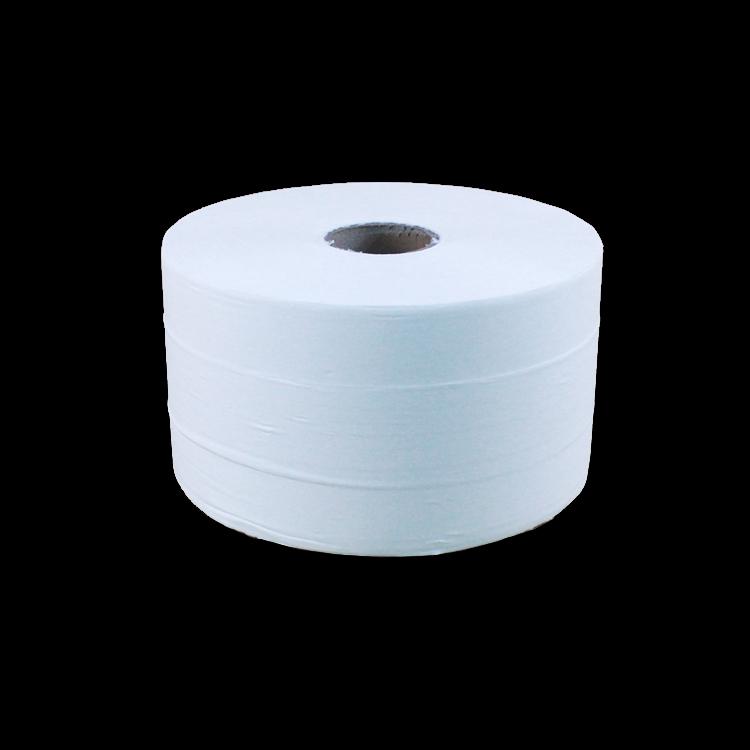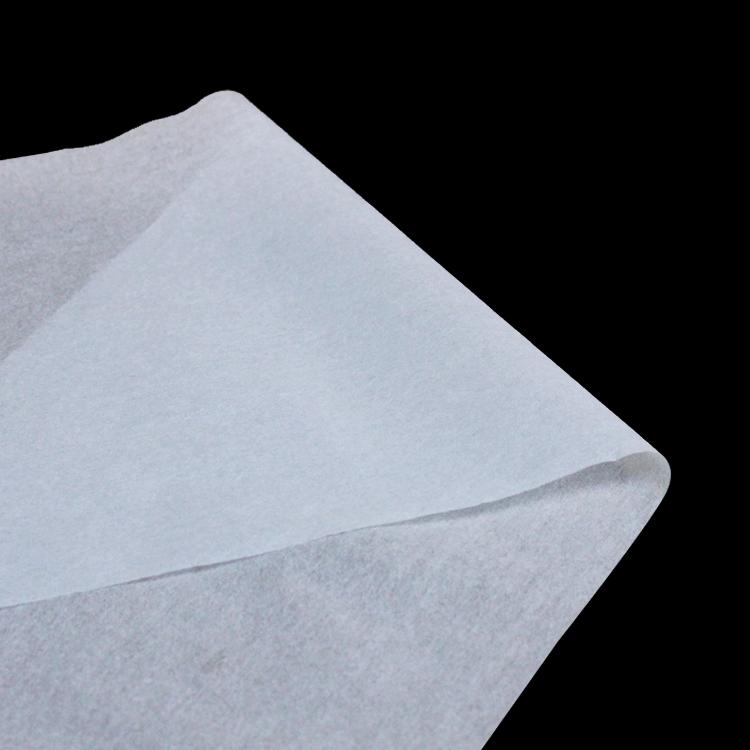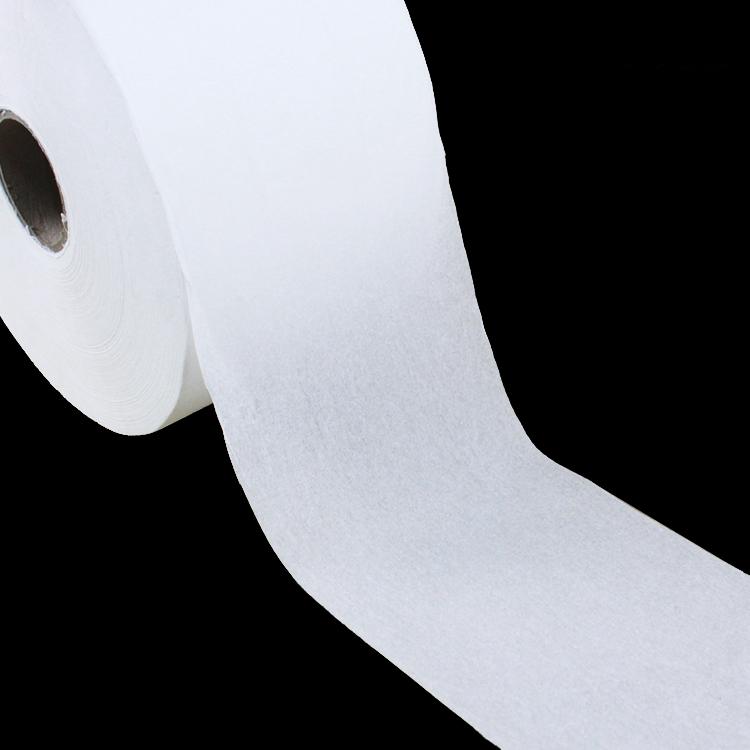Author:Baby & Adult Diaper Materials FROM:Diaper Materials Manufacturer TIME:2023-03-07
Sanitary products are one of the daily necessities closely related to consumers, and wherever there are people, especially women, children and the elderly, there is a potential consumer market. since the 1990s, with the development of the economy and changes in people's thinking, cultural concepts and consumption habits, the market for sanitary products in China has emerged, and the consumption potential of the market has been increased as never before. This paper briefly introduces the raw materials required for making sanitary pads according to the structure of sanitary pads.
In general, sanitary pads can be divided into a surface layer, an absorbent core, a bottom layer and an envelope layer from a structural point of view, with each layer of material bonded to each other with hot melt adhesive.
The surface layer of sanitary pads: so that the liquid can quickly penetrate and effectively prevent back seepage, keeping the surface layer dry

PE perforated film is cheap and breathable, but due to different climate and habits, Chinese and Japanese consumers prefer to consume sanitary pads made of non-woven fabric. 3. . According to the surface layer material can be divided into three major categories: 1) cotton and soft class sanitary in: using all kinds of non-woven materials (mainly spunbond and hot air non-woven) 2) dry mesh sanitary in: using various perforated film as raw material 3) pure cotton sanitary pads
Absorbent layer of sanitary pads: used to absorb menstrual blood

composed of polymer absorbent resin (SAP), fluffy pulp, absorbent paper and wood pulp; wood pulp-free composite core: made of a variety of crimped as well as hollow fiber made of hot air fluffy nonwoven fabric, and a variety of different characteristics of polymer absorbent resin composite 2. including infusion layer, infusion core layer and water locking layer, of which, the infusion layer can conduct the liquid laterally to increase the absorption area and prevent liquid concentration Absorption; infusion core layer can quickly absorb the liquid and conduct the liquid to the next layer; water locking layer is composed of wood pulp fiber and high molecular absorbent resin, with strong liquid washing performance, which can retain the liquid under certain pressure conditions.
Mainly processed with special polyethylene (PE) plastic film as the substrate, can waterproof and breathable, since before there are also some high-end products to PE film plus non-woven fabric composition of the composite material to do the bottom layer. In addition, the layer has a hot melt adhesive (mainly used in the use of the product in the process of paste fixed) and release paper (commonly known as silicone oil paper or anti-stick paper, to protect the viscosity of the hot melt adhesive before use)
It mainly adopts non-woven fabric or PE cast film as the material. In order to enhance the visual effect of the product, the film layer is usually added with various bright and colorful colors and printed with beautiful patterns.
With the increasing awareness of hygiene and health among consumers and the active promotion by product manufacturers, the number of people using sanitary pads is increasing. Knowing the raw materials required for making sanitary pads is helpful to deepen consumers' understanding of them.


 Email: info@whldiapernonwoven.com
Email: info@whldiapernonwoven.com
 MP/WhatsApp: +86-13599937366
MP/WhatsApp: +86-13599937366
 Manufacturer Address:Room 1105B, Bld M1, Manhattan, Yulongwan, Shimao, Shuanglong Road, Meiling Street, Jinjiang, Fujian, China
Manufacturer Address:Room 1105B, Bld M1, Manhattan, Yulongwan, Shimao, Shuanglong Road, Meiling Street, Jinjiang, Fujian, China